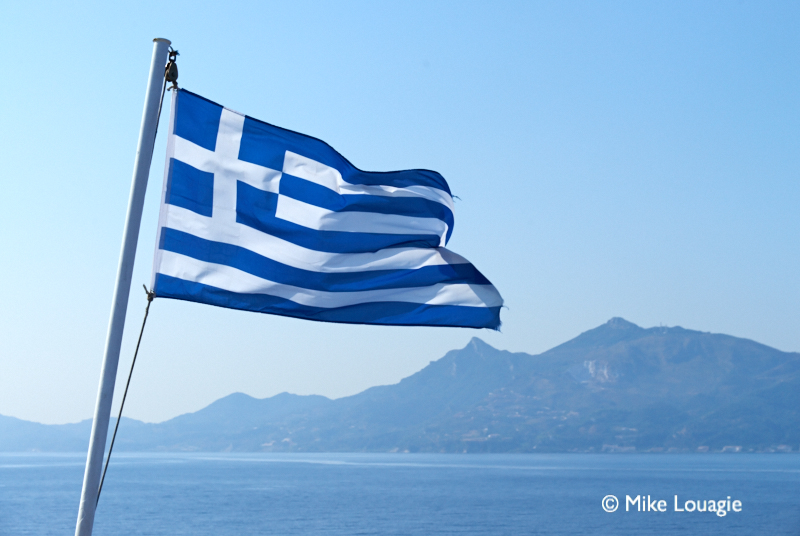BC Ferries will be building at least four new ferries to replace four existing vessels (see also in financial news). The company started a ‘conversation’ with the customers, with more than 9,600 people who responded online and 1,700 taking part in sessions on board the ships and in community workshops.
The first phase of engagement focused on nine topic areas, including: accessibility, pedestrians and cyclists, pet spaces, outdoor spaces, food and beverage, family spaces, new amenities, technology, and additional thoughts and key considerations like sustainability and future flexibility to meet changing needs.
Feedback included, for example, requests for more space and amenities for pet owners, more diversity in fresh food choices, improved areas for bicycle storage and quiet areas away from technology and noise, among other topics.








